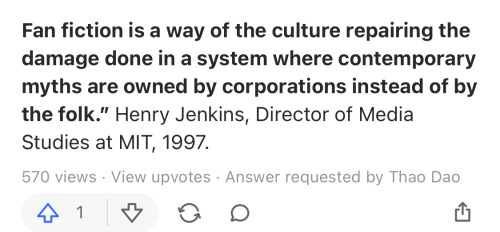This Is An Oversimplified Description Of The Meaning Of Duanwu Festival.

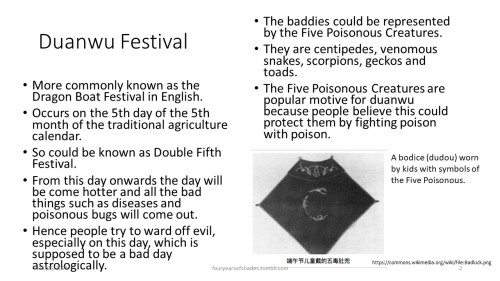


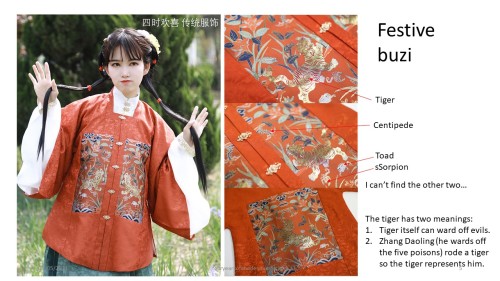
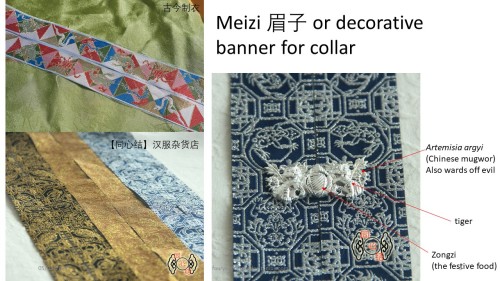

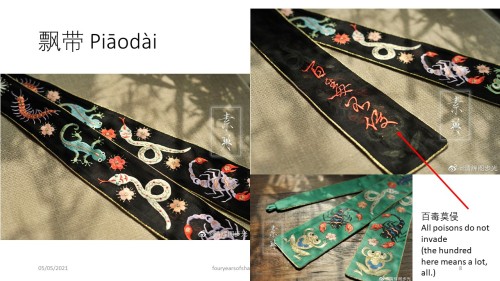

This is an oversimplified description of the meaning of Duanwu Festival.
In Ming dynasty the members of the inner court worn Duanwu buzi from the first till the thirteen of the fifth month.
There are other festive assosories, such as wristband made from five colour threads, tiger hats and other hair ornaments.
More Posts from Charm-writes and Others










“Vote”
CAN YOU BELIEVE THE FACT THAT I NEVER ACTUALLY DREW THE BEGINNING OF THE AU????
Anyway, here it is XD
Words to Describe Hair

Image: Words to Describe Hair: Afro | Curly | Straight | Look | Texture | Style | Color
Photo credits: Alex Nemo Hanse
This began as a guide to describing Afro / curly hair but of course, I got carried away. From look and texture of hair, colors and various styles, this guide serves as a thesaurus of sorts for hair, as well as pointers for use in your writing.
Please check under the read more for an accessible version of these lists
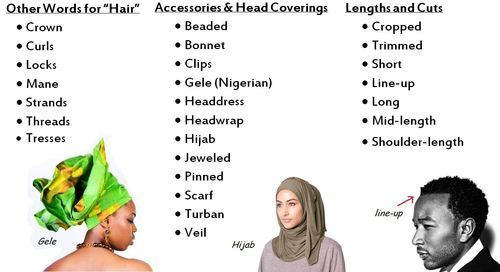
Culturally Significant Hair Coverings:
Know the meaning behind head wear and why it’s worn, when and by whom, such as a Native Nation’s headdress, before bestowing a character with it.
Head Coverings Resources:
More on various head coverings.
See here for more Islamic Veils.
See here for more on the Nigerian gele.
See here on African American Headwraps.
View our hijab and headscarves tags for discussion on these topics.
Afro - Curly - Straightened

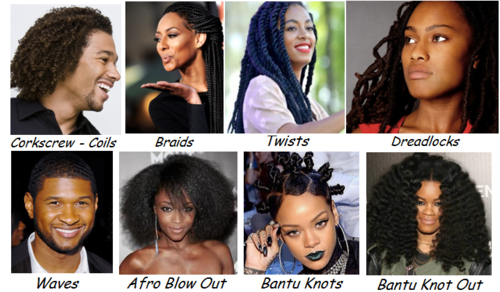
There are many varieties of braids, twists & Afro hair styles; have some more!
African/Black Hair: Natural, Braids and Locks
African Hair: Braiding Styles 10 African Types
Describing Black (Afro) hair:
Appropriative Hairstyles: Keep in mind that Afro styles should be kept to those in the African Diaspora, such as dreadlocks, cornrows + certain and many braided styles.
Also, “locs” is a more favored term over “dreadlocks” for many people.
Tread carefully describing Afro hair as “wild” “unkempt” “untamed” or any words implying it’s unclean or requires controlling.
“Nappy” and “wooly” are generally words to stay away from, the first having heavy negative connotations for many and the latter, though used in the Holy Bible, is generally not acceptable anymore and comes off as dehumanizing due to Animal connotations.
There are mixed feelings on calling Black hair “kinky.” I’m personally not opposed to the word in itself and usage depends on the person’s race (I’m more comfortable with a Black person using it vs. a Non-Black person) as well as their tone and context (if it’s used in a neutral or positive tone vs. negatively/with disdain). Get feedback on your usage, or simply forgo it.
See our tags “Black Hair” and “Natural Hair” for more discussion on describing Black hair.
Texture - Look - Styles
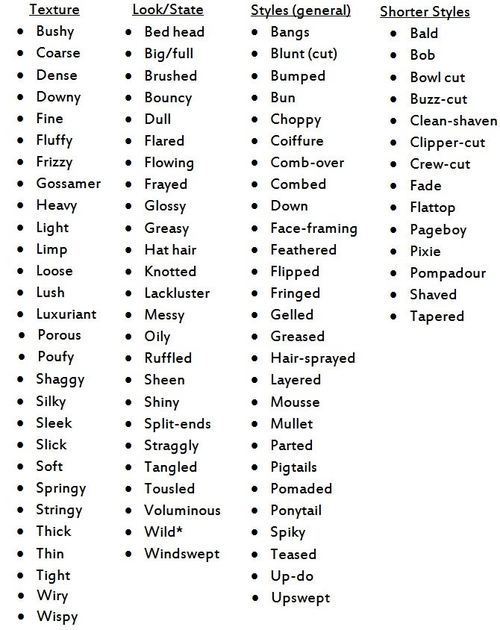

Hair Colors and Style
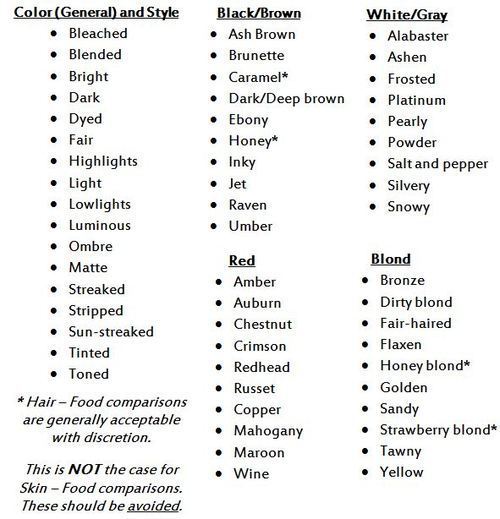

Writing Tips & Things to Keep in Mind:
Combination Words: Try combining words to illustrate look of hair. A character with springy coils that dance across her shoulders with every movement, the man with thick silvery hair slicked back into a ponytail…
Mind Perspective: Depending on POV, a character might not know exactly what cornrows or a coiffure style is, at least in name, and it might make more sense if they described the hairdo instead. More defining terms might come from a more knowing source or the wearer themselves. One book I read described a girl’s afro puff as “thick hair pulled up into a cute, curly, poufy thing on top of her head and tied with a yellow ribbon.”
POC & Hair Colors: People of Color’s hair comes in all shades and textures. There are Black people with naturally blond and loosely-textured to straight hair, East Asian people with red hair, and so on. Keep that in mind when coding characters if you tend to rely on hair color alone to denote a character is white vs. a Person of Color.
Related Tropes: There are tropes and discussion related to People of Color, colored hair, and light-colored hair and features.
Check out these posts on the topic: The East Asian Women + Colored Hair Trope - Black Characters & “Wild” Hair Colors - POC w/ Supernatural Colorful Features. - ‘Uncommon’ Features & POC Characters
~Mod Colette
Read more for accessible versions of the lists:
Lees verder
How to show emotions
Part VIII
How to show helplessness
slightly open mouth
downturned mouth
eyes slightly more open
being hesitant in their movements
shrugging shoulders
wringing their hands
crossed arms to protect themself
buckling of the legs, becoming instable
speaking softly and shaky
How to show optimism
openly smiling
relaxed face
bright, attentice eyes
steady and natural eye contact
open and upright posture
energetic and animated movements
speaking in an upbeat and positive tone
walking with a spring in their step
walking confidently
How to show anticipation
bright and open eyes
looking around
sweaty palms
trembling hands
heart racing
fidgeting with their entire body
crossing and uncrossing one's legs
having restless legs, rocking them
drumming with their fingers
bouncing on one's toes
shifting from one foot to the other
pacing around
fussing with clothes
How to show amusement
eyes twinkling with mirth
chuckling
bursting out in laughter
eye contact to share their amusement
being open and relaxed
a genuine smile
raised eyebrows
crinkling around the eyes
tilting of the head
slapping their thigh
playfully nudging other characters
How to show respectfulness
standing tall with good posture
maintain steady, appropriate eye contact
avoiding direct staring to not make them feel uncomfortable
speaking in a calm and measured tone
showing attentiveness by listening actively
using polite language and manners, not interrupting or talking over anyone
no crossing of arms and relaxed hands
More: How to write emotions Masterpost
If you like my blog and want to support me, you can buy me a coffee or become a member! And check out my Instagram! 🥰
where’s that post about how dangerous it is that people are forgetting fiction is sometimes meant to be uncomfortable and upsetting and sad. i need to pull it up again with regard to survival games specifically because people will really walk into a story where they know in advance “people are going to die and it’s going to feel awful because they won’t always deserve it” and then get mad when people die even if they don’t deserve it and call it bad writing

ANTI-CAPITALIST AFFIRMATIONS
i am allowed to spend my time creating things, even if they are not beautiful.
there is no such thing as a "real job." all forms of work are real and valid.
there is nothing that i need to accomplish to be worthy. i am already worthy.
doing nothing is good for my soul.
i am not defined by what i produce.
my worth cannot be measured by my paycheck, my job title, or a list of professional or academic achievements.
i do not need to monetize my hobbies, it is enough to spend time doing something i love.
i will not let society decide what success looks like. i can define what successful life looks like for me.
Level Up Your Settings
When I was a younger writer I always considered my settings last in scene writing. It went action -> Characters -> Maaaaaybe setting if I felt like it. This can work—a lot of stories get by without having very memorable or strong settings—after all we’re there for the story within them. But once I got older and started moving and leaving places behind, I began to recognize how much a setting or place can hold—in memory, symbolism, feeling.
These aspects of a place are just as important to imbue in fiction—they can convey an emotional impact, reinforce the tone, provide details on background. More than anything else, I find setting is where you can imbue your story with magic.
(Specifically, I’m talking more about individual settings rather than worldbuilding. Check out my worldbuilding posts here!)
Most important to start with is consider what this place means to the character. For example, “home” is a concept as varied as the people who use it. It can mean safety, love, belonging, alienation, escape, confinement, freedom, etc. etc.
What memories reinforce that meaning of home? How does the character’s background relate to and lead up to their concept of home?
Then, once you know this, what decoration or ‘look’ would convey this? A character who views home as a temporary place to be abandoned at the drop of a hat would have very few personal items in their home. Maybe hardly any furniture—maybe they live out of a suitcase and keep only a carton of milk and a box of crackers in their kitchen.
A character who has lived in the same childhood home for their entire life may have just as much of their parents’ things as their own—their surroundings reflecting generations of loved ones.
These objects hold memory as much as their surroundings do. This is where we can really explore background and the emotional ties to a place. How loved is it? What does loving a place look like for that character? Maybe love looks like keeping it perfectly clean and tidy—maybe it looks like filling it to the brim with pretty things.
What makes two characters’ homes different? We want to avoid stating the obvious. You don’t really need to mention that your character has a bed, a nightstand, and a lamp in their bedroom—unless you’re making a point of how little or how much they have. You may want to mention which items are new and which are old—especially if it’s a room that they’ve been in since childhood, or throughout several periods of their life.
Just like levelling up description—what makes a place unique? What message are you trying to convey?
Good luck!
Hey 💌 I’m Saja — a mother trying to hold onto hope through days that feel impossibly heavy.
I know you probably see a lot online, but if you could take just a moment… I’d be so grateful.
💫 A reblog of my pinned post could help our story reach someone who cares.
🌿 And if you’re in a place to give, even a small donation could bring comfort to my daughter and help us feel safe again.
@sajagz, thank you for listening.
Even gentle support creates strength.
From one heart to another — thank you 🤍
pls help
Tag game *:・゚☆
tysm to @thedeal-if and @spikingtheodds-if for thinking of me & tagging me !!
I'll tag @loveyoudespiteitall-if, @poll-ventures(@eggtwerp), @unshackled-if @unwilling-souls-if and @greatprotector-if 💗
here's some no context pics that explain the vibe of this IF/WIP:










The Origami Princess

(Hello and welcome back to @flashfictionfridayofficial! This prompt was a nice jumping point to actually get around to writing this lil story lol)
There. All settled?
Uh-huh. Can you tell the story about the Origami Princess again?
The Origami Princess? Alright.
Once upon a time, in a faraway kingdom, there was a princess who lived alone in a tower. Now, for the most part, she was a very normal princess. Even her circumstances for being in the tower were normal, as it was a long-standing tradition upheld by generations of princesses before her. But this princess had a special gift she kept hidden away: she could breath life into the origami she created. She spent her time in the tower creating a menagerie of paper animals to keep her company while she waited for her 20th birthday.
But little did the princess know that her life was about to change one stormy night.
Keep reading
-
 annoyinglyvague liked this · 3 months ago
annoyinglyvague liked this · 3 months ago -
 bijoumikhawal liked this · 9 months ago
bijoumikhawal liked this · 9 months ago -
 bean-in-dice liked this · 1 year ago
bean-in-dice liked this · 1 year ago -
 little-pisces-dreaming reblogged this · 1 year ago
little-pisces-dreaming reblogged this · 1 year ago -
 chococococya reblogged this · 1 year ago
chococococya reblogged this · 1 year ago -
 chococococya liked this · 1 year ago
chococococya liked this · 1 year ago -
 bemybabymp3 liked this · 1 year ago
bemybabymp3 liked this · 1 year ago -
 ikarwawa liked this · 1 year ago
ikarwawa liked this · 1 year ago -
 asides-and-analecta reblogged this · 1 year ago
asides-and-analecta reblogged this · 1 year ago -
 blossomsinthemist reblogged this · 1 year ago
blossomsinthemist reblogged this · 1 year ago -
 luna-lux liked this · 1 year ago
luna-lux liked this · 1 year ago -
 karadin reblogged this · 1 year ago
karadin reblogged this · 1 year ago -
 sounandane reblogged this · 1 year ago
sounandane reblogged this · 1 year ago -
 sounandane liked this · 1 year ago
sounandane liked this · 1 year ago -
 charm-writes reblogged this · 1 year ago
charm-writes reblogged this · 1 year ago -
 charm-writes liked this · 1 year ago
charm-writes liked this · 1 year ago -
 yearofthetiger25 reblogged this · 1 year ago
yearofthetiger25 reblogged this · 1 year ago -
 lobotoroach liked this · 1 year ago
lobotoroach liked this · 1 year ago -
 abagat liked this · 1 year ago
abagat liked this · 1 year ago -
 deaddreamman liked this · 1 year ago
deaddreamman liked this · 1 year ago -
 texasdreamer01 reblogged this · 1 year ago
texasdreamer01 reblogged this · 1 year ago -
 riingachan liked this · 1 year ago
riingachan liked this · 1 year ago -
 stepswordsen liked this · 1 year ago
stepswordsen liked this · 1 year ago -
 picaresquevoleur liked this · 1 year ago
picaresquevoleur liked this · 1 year ago -
 picaresquevoleur reblogged this · 1 year ago
picaresquevoleur reblogged this · 1 year ago -
 s-n-arly liked this · 1 year ago
s-n-arly liked this · 1 year ago -
 deepestballoonllama-fandoms liked this · 1 year ago
deepestballoonllama-fandoms liked this · 1 year ago -
 junpeicindystories reblogged this · 1 year ago
junpeicindystories reblogged this · 1 year ago -
 junpeicindystories liked this · 1 year ago
junpeicindystories liked this · 1 year ago -
 personal-writing-dump reblogged this · 1 year ago
personal-writing-dump reblogged this · 1 year ago -
 whattheduck94 liked this · 1 year ago
whattheduck94 liked this · 1 year ago -
 chicshinm reblogged this · 1 year ago
chicshinm reblogged this · 1 year ago -
 chicshinm liked this · 1 year ago
chicshinm liked this · 1 year ago -
 yanwushi reblogged this · 1 year ago
yanwushi reblogged this · 1 year ago -
 yanwushi liked this · 1 year ago
yanwushi liked this · 1 year ago -
 fluffyfluffemz liked this · 1 year ago
fluffyfluffemz liked this · 1 year ago -
 tedear liked this · 1 year ago
tedear liked this · 1 year ago -
 rekirobin liked this · 1 year ago
rekirobin liked this · 1 year ago -
 sunnysunshine4u reblogged this · 1 year ago
sunnysunshine4u reblogged this · 1 year ago -
 suohmikotoblr-blog liked this · 1 year ago
suohmikotoblr-blog liked this · 1 year ago -
 ssnailbitchh liked this · 1 year ago
ssnailbitchh liked this · 1 year ago -
 rebels-without-applause liked this · 1 year ago
rebels-without-applause liked this · 1 year ago -
 curlsabroad reblogged this · 1 year ago
curlsabroad reblogged this · 1 year ago -
 canaries-in-dungeon liked this · 1 year ago
canaries-in-dungeon liked this · 1 year ago

21 | Chinese | Autistic | Aspiring Fantasy Writer and Narrative Designer | Fae and Chinese Mythology Enjoyer | @charmycharmcharms' writeblr!
91 posts
